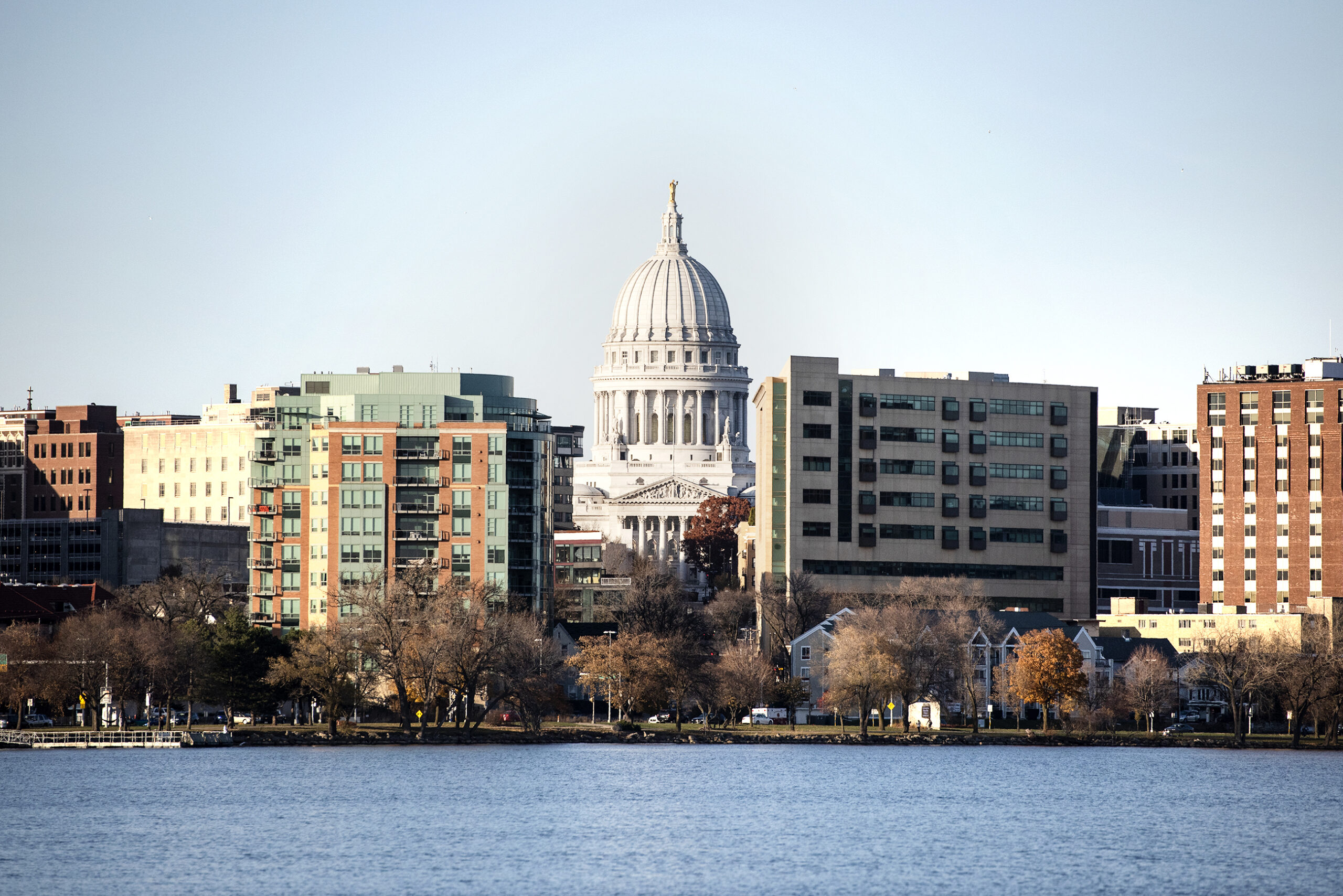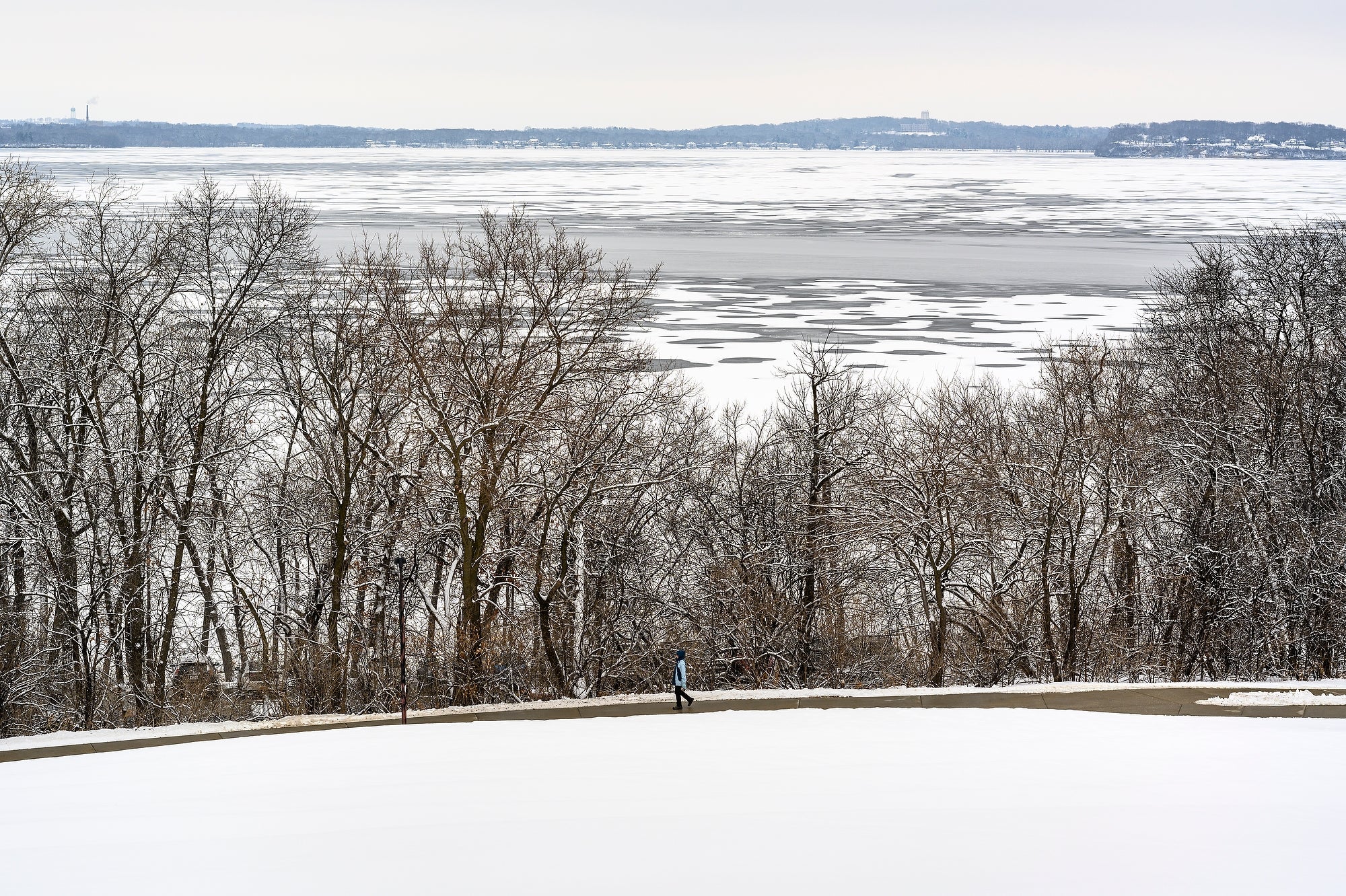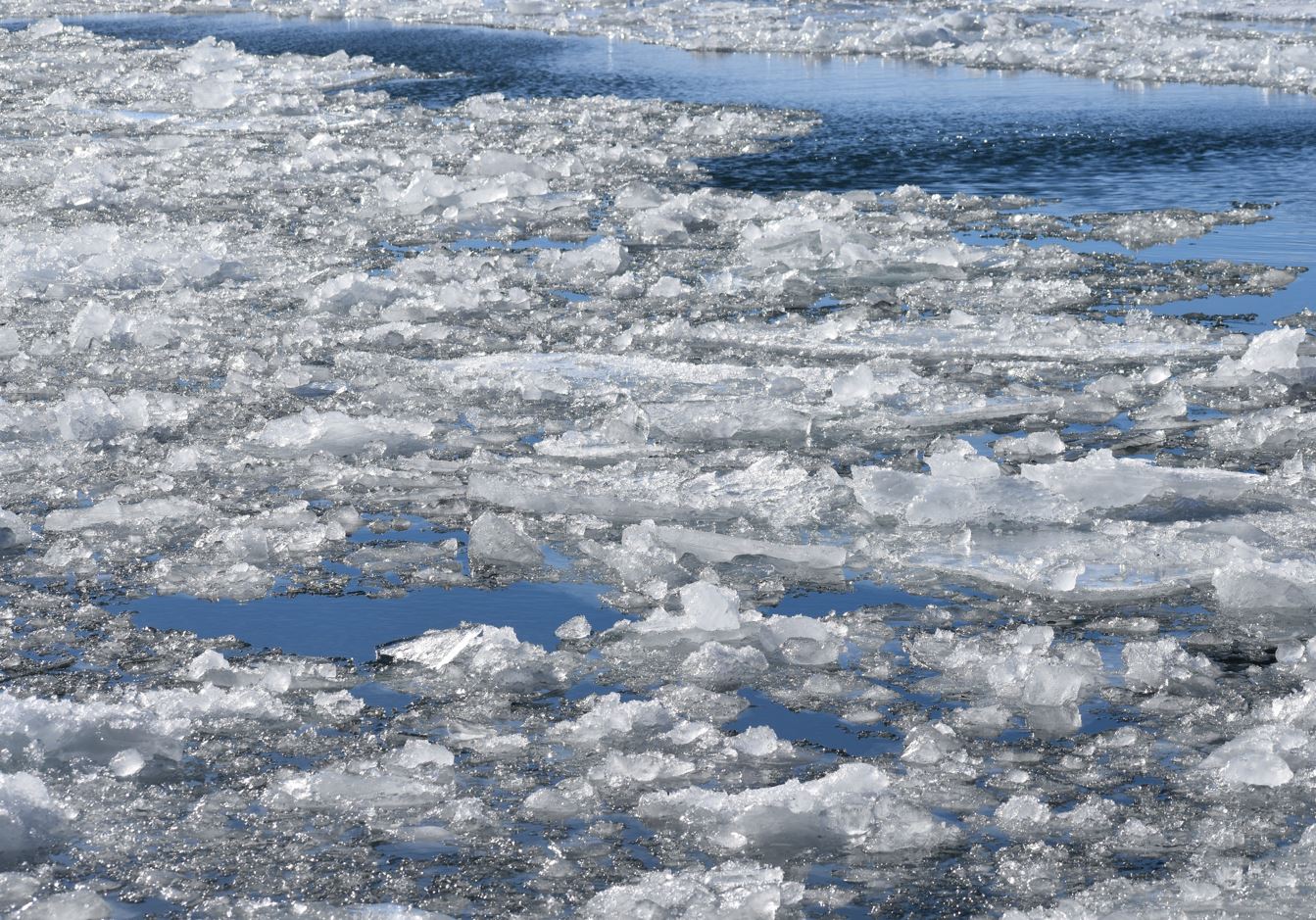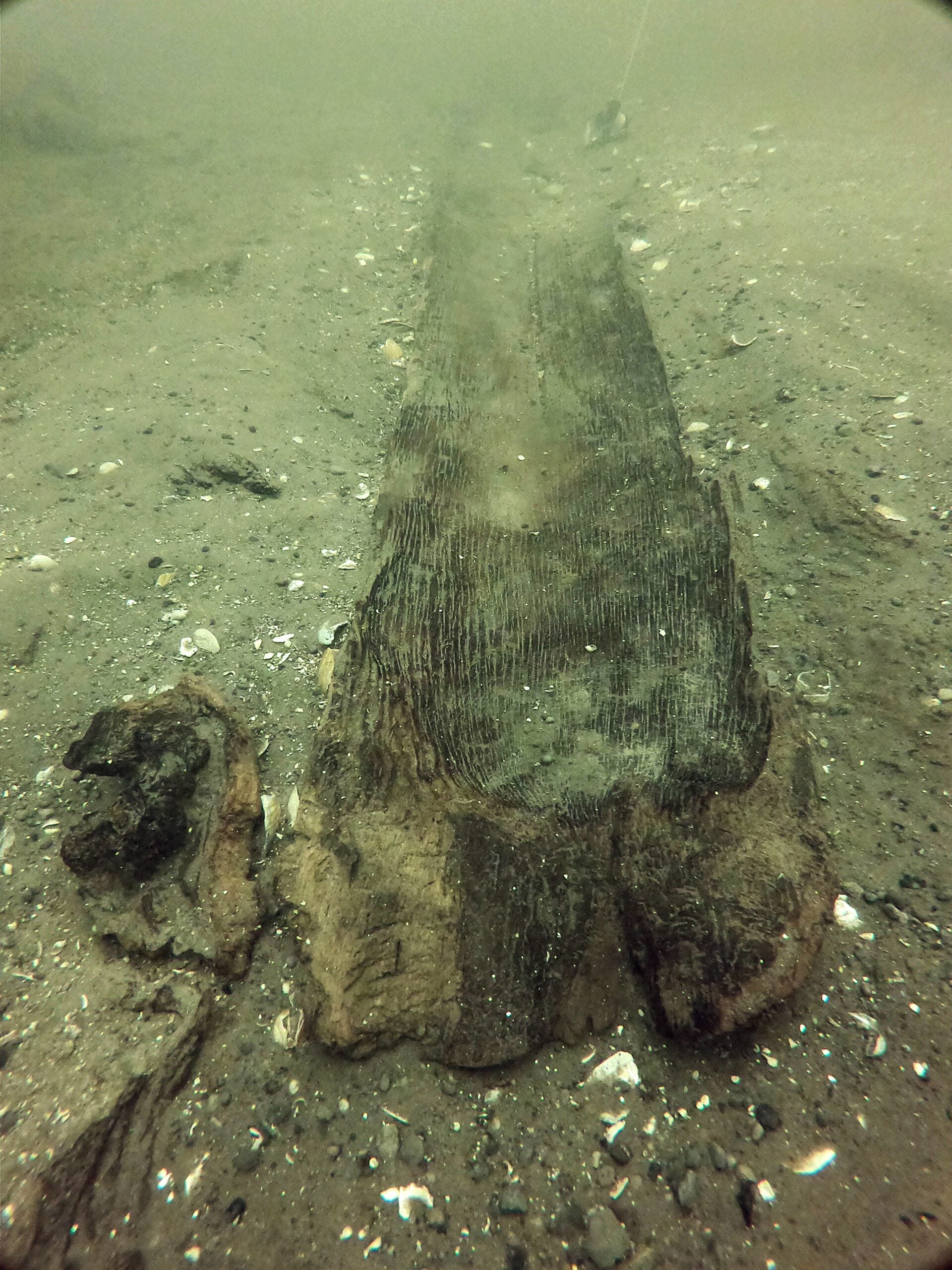Madison’s lakes officially thawed out this week, and it happened faster than almost any other time in the last 170 years.
Madison’s State Climatology Office declared Lakes Mendota and Lake Monona to be open on Wednesday after estimating that more than 50 percent of the ice cover had melted away.
Those lakes both froze over on Jan. 15, which means they each saw only 44 days of ice cover this winter.
Stay informed on the latest news
Sign up for WPR’s email newsletter.
That was the shortest freeze duration ever recorded for Lake Monona, Madison’s second largest lake, and the second shortest freeze duration ever recorded for Lake Mendota, the city’s biggest lake, according to the State Climatology Office.
Typically, the lakes are frozen for more than 100 days each winter, and they don’t open until late March or early April, according to data from the office that dates back to 1852.
The office’s freeze-and-thaw history for Madison’s Lake Wingra is less complete, It dates back to 1872, but years of data are missing.
Lake Wingra is smaller and more shallow than Mendota and Monona, and Wingra often freezes and re-freezes throughout the season.
Lake Wingra first froze this winter on Dec. 13, which was later than its median freeze date of Nov. 29.

How freeze-thaw is tracked for Madison’s lakes
Throughout the year, state climatologists scout Lakes Mendota, Monona and Wingra from various vantage points, and try to eyeball when more than half of the lake has frozen (its freeze date), as well as when it’s mostly unfrozen (its opening date).
“I call it my lake patrol,” Hopkins said.
Although it’s not clear exactly how reliable the data is going back to the late 1800s, Hopkins says the office tries to be as consistent as possible when determining freeze and thaw.
Because of Lake Mendota’s shape, it would have been difficult for people in the 19th century to find an observation point high enough to see across the whole lake. So climatologists use a secondary criteria for determining Mendota’s opening date — they guess when it would be possible to row a boat from Picnic Point to Maple Bluff.
Wisconsin is seeing unusually high winter temps
This winter in Wisconsin has been unusually warm, which is in part explained by a weather pattern called El Niño, Hopkins said.
But Hopkins says climate change is another contributing factor.
“Over the last 50 years, there’s been a trend towards higher temperatures, especially during the wintertime in the Upper Midwest,” Hopkins said.
Those warmer temperatures have been affecting lakes across the region.
Last month, researchers with the National Oceanic and Atmospheric Administration found the percentage of ice cover on the Great Lakes reached a record low for February.
Wisconsin Public Radio, © Copyright 2025, Board of Regents of the University of Wisconsin System and Wisconsin Educational Communications Board.



